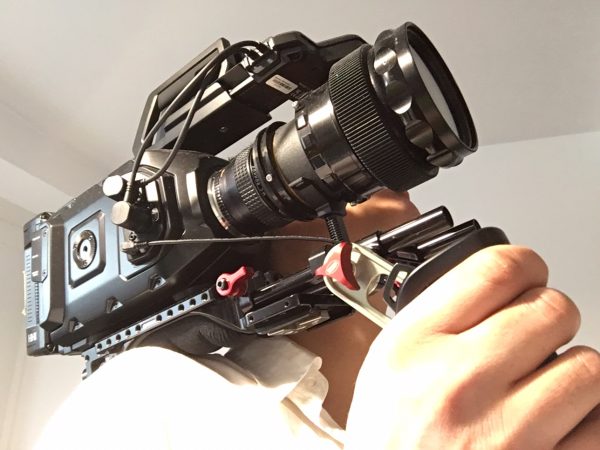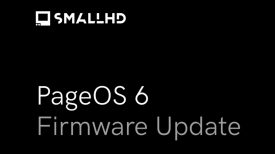Footage shot on pre-production versions of the Blackmagic Design 4.6K URSA Mini has begun to show up online. Several lucky beta testers have had the cameras for a while and Blackmagic have now permitted them to share what they’ve shot and their thoughts on the new model.
If the videos posted are indicative of the image from the final camera then it is clearly capable of producing nice results in the right hands.
Poster Roman Alaivi has written a quite detailed post on the BMCUser website in which he gives his thoughts about the camera so far. His video at the start of this article was shot entirely in Apple ProRes using both UHD HQ and 1080 HQ 120fps windowed mode.
Most of the beta testers have been limiting their ISO to 800 and only pushing it to 1600 for a few shots. It is safe to say that the 4.6K Mini is not going to rival the low light performance of the Sony a7S II, but it does seem very useable even up to 1600. Roman noted that on his camera there is fixed pattern noise at 1600 ISO, but it isn’t visible at 800. The testers also found that with the new camera they were happy to shoot at 800 ISO, whereas on the previous models they would have stuck to 400 ISO.

Roman also said that dynamic range is pretty significant and feels like no less than two full stops over the 2.5K BMCC sensor. The images shown from the camera do seem to have an organic look with a good amount of details on highlights and shadows – although most of the results we are seeing have been graded and in some vintage lenses were used, so it is hard to come to any firm conclusions. Testers also noted that the new log curve for the sensor seems to be a lot easier to grade than that of previous Blackmagic cameras. The video below by Tom Majerski shows what the camera is capable when shooting slow motion on a foggy day.
The colour isn’t finalised as yet, but even so it is looking pretty good on the images that have so far been released. The skin tones look to be well balanced and testers have indicated that tungsten-lit shots look a lot better than previous Blackmagic cameras. They say it previously took a bit more grading to stop tungsten shots looking slightly monochromatic.
The rolling shutter effect looks to be a big improvement over previous Blackmagic cameras and it was surprising to see that none of the beta testers used the camera’s global shutter mode. It is designed to eliminate rolling shutter at the expense of some dynamic range and that’s why many shooters try to avoid using it. The fact that rolling shutter isn’t so noticeable in the test videos is good news for potential users who would prefer to use the camera’s full dynamic range.
As testers are keen to point out, the cameras are still a work in progress. The hardware may be locked but the colour science and firmware is likely to change before the camera is shipped. Even so, it does look quite impressive given the low cost of the URSA Mini, but we’ll have to wait for more scientific testing to see how the camera really shapes up against the competition.
Interestingly, it no longer seems to be the case that the 4.6K will be rolled out in the original URSA first. While there is still no shipping date for the URSA Mini we could very well see a simultaneous roll out of the 4.6K URSA upgrade and 4.6K URSA Mini.





